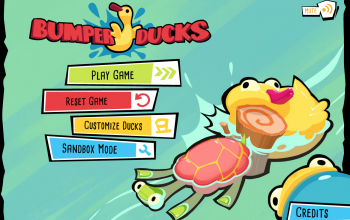Dr. Drew, Density, & Diffusion: Dr. Charles Richard Drew Giving Life Through Blood Research
Dr. Drew, Density, & Diffusion: Dr. Charles Richard Drew Giving Life Through Blood Research
Ages: 8-14
Standards alignment: 5-PS1-3, MS-PS1-2, MS-PS1-3
Teaching time: 1 hour 40 min
Download the accompanying PowerPoint about Dr. Charles Drew
Dr. Charles Drew was an African American physician and blood transfusion researcher in the early 20th century. His research laid the foundation for modern blood banking through the creation of blood collection and storage techniques, many of which are still used today. Through a series of lessons, participants will revisit Dr. Drew’s story as an African American physician and researcher in the early 1900s by engaging in activities on density, diffusion, and the circulatory and respiratory systems. We want students to develop an appreciation for Dr. Drew’s contributions and to understand the STEM principles behind his work.
Dr. Drew, Density, & Diffusion: Dr. Charles Richard Drew Giving Life Through Blood Research is part of the STEM2D Student Activity Series. The content was developed by the National Museum of African American History and Culture, Education Department, the Teaching and Learning Unit and generously supported by The Dow Chemical Company.










